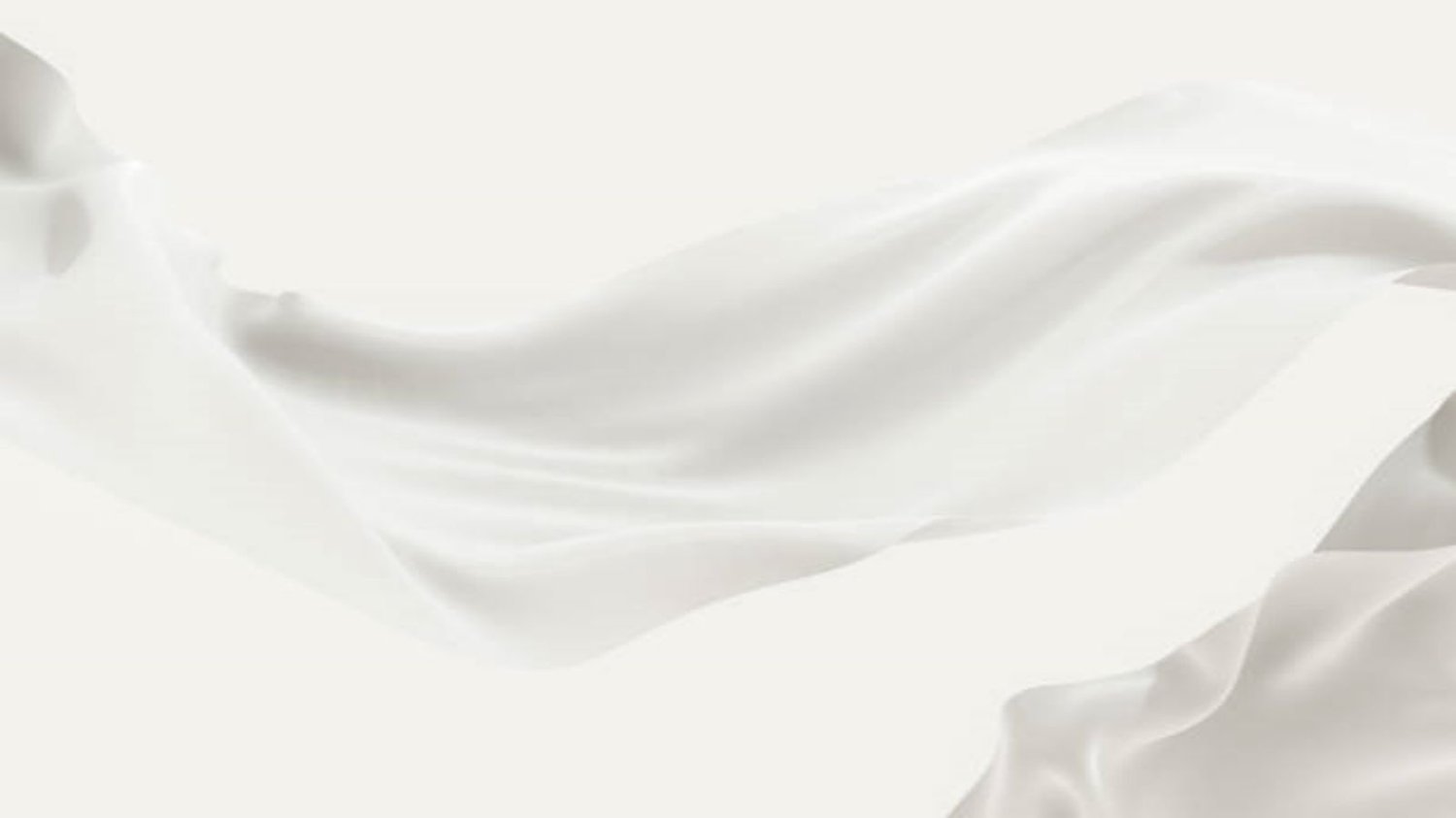Table of Contents

Introduction
Windbreakers are popular lightweight jackets designed to protect the wearer from wind and light rain. They are commonly used for outdoor activities such as hiking, running, and cycling. One crucial aspect of windbreakers is the fabric used to make them. In this article, we will explore the different names and characteristics of the fabric used in windbreaker production.
The Versatility of Nylon
Nylon is a synthetic polymer that is widely used in the textile industry. It is a popular choice for windbreaker fabric due to its excellent durability and water-resistant properties. The fabric is tightly woven, creating a barrier against wind and light rain. Nylon windbreakers are known for their lightweight nature and ability to pack into a small size, making them convenient for travel.
Polyester: Another Reliable Option
Polyester is another commonly used fabric in windbreaker production. It offers similar characteristics to nylon, such as durability and water resistance. Additionally, polyester is known for its quick-drying capabilities, making it an ideal choice for outdoor activities where moisture may be a concern. Polyester windbreakers are often praised for their breathability, allowing heat and sweat to escape.
Microfiber: A Soft and Smooth Alternative
Microfiber windbreaker fabric is made from extremely fine synthetic fibers, typically polyester or nylon. This fabric is known for its softness and smooth texture, providing a comfortable wearing experience. Microfiber windbreakers often have a luxurious feel and can be used for both casual wear and more formal occasions.
Gore-Tex: The Ultimate Performance Fabric
Gore-Tex is a high-performance fabric often used in premium windbreakers. It is a waterproof and breathable material that keeps the wearer dry and comfortable even in harsh weather conditions. Gore-Tex windbreakers are highly sought after by outdoor enthusiasts due to their exceptional performance and durability. While they may be pricier than other options, they offer unparalleled protection and comfort.
Softshell: Balancing Comfort and Weather Resistance
Softshell windbreakers are made from a combination of fabrics, typically polyester and elastane. This blend provides a balance between comfort, breathability, and weather resistance. Softshell windbreakers are known for their stretchiness, allowing for a greater range of motion. They are often favored by individuals engaged in activities that require flexibility, such as climbing or skiing.
Ripstop: Reinforced Durability
Ripstop fabric is designed to resist tearing and ripping, making it an excellent choice for windbreakers. It is made by weaving thick reinforcement threads into a lightweight nylon or polyester fabric. The resulting windbreaker is highly resistant to abrasions and can withstand demanding outdoor conditions. Ripstop windbreakers are particularly popular among adventurers and those who require extra durability.
Water-Resistant vs. Waterproof
When exploring windbreaker fabric options, it is essential to understand the difference between water-resistant and waterproof materials. Water-resistant fabrics, such as nylon and polyester, can repel light rain and moisture to a certain extent. On the other hand, waterproof fabrics, like Gore-Tex, provide a higher level of protection, keeping the wearer dry even in heavy rain or snow. Choosing the right level of water resistance depends on the intended use of the windbreaker.
Additional Considerations: Breathability and Insulation
Breathability and insulation are crucial factors to consider when selecting a windbreaker fabric. Breathable fabrics allow heat and moisture to escape, preventing the wearer from feeling clammy and uncomfortable. Insulated windbreakers, on the other hand, provide an additional layer of warmth, making them suitable for cooler temperatures. The choice between breathability and insulation depends on the specific weather conditions and activity level.
Conclusion
Choosing the right windbreaker fabric is crucial for optimal comfort and protection against the elements. Nylon and polyester are widely used for their durability and water resistance, while microfiber offers a softer feel. Gore-Tex provides ultimate performance, softshell offers a balance between comfort and weather resistance, and ripstop ensures reinforced durability. Understanding the differences between water resistance and waterproofness, as well as considering breathability and insulation, will help you make an informed decision when selecting a windbreaker fabric that suits your needs.
